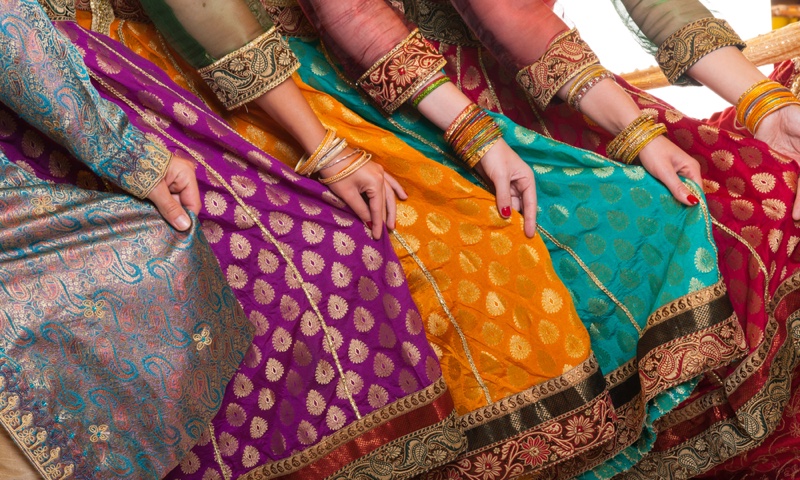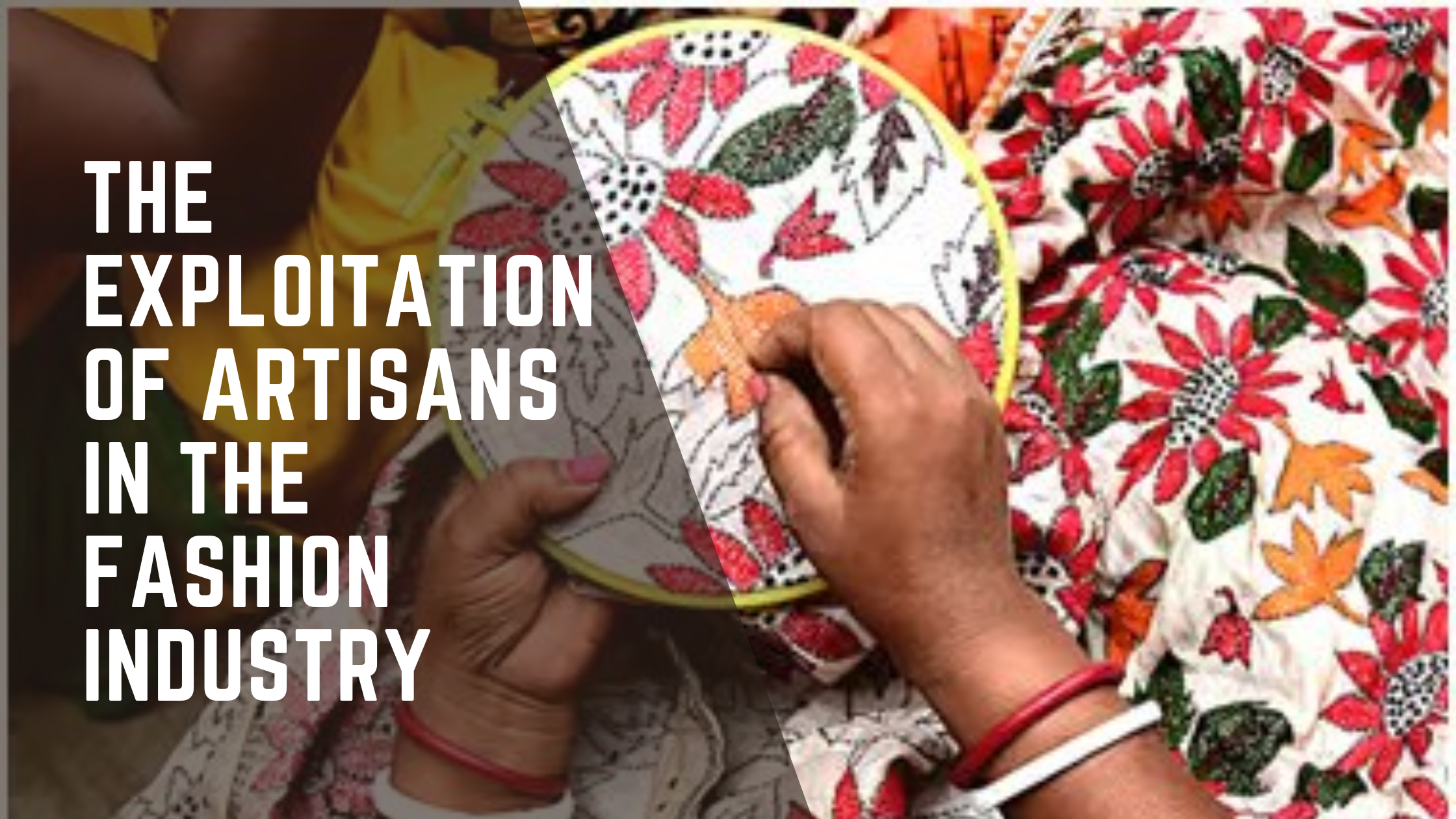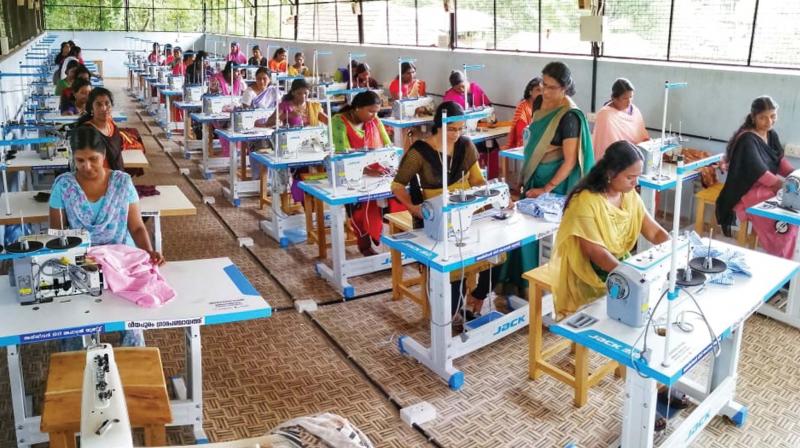In the glittering world of high fashion, a stark reality often lurks beneath the glamour – the exploitation of small fashion designers and artisans by big fashion brands. As the global fashion industry continues to thrive, the struggles faced by the creative minds at the grassroots level become increasingly apparent.
Small designers and artisans, often driven by passion and a commitment to craftsmanship, find themselves vulnerable to the predatory practices of large fashion conglomerates. One of the most prevalent issues is the appropriation of designs without proper attribution or compensation. Original creations, meticulously crafted by these artisans, become fodder for mass production lines, generating profits for big brands while leaving the originators in the shadows.
The power dynamics in the industry further exacerbate the problem. Big fashion brands, armed with substantial resources and legal teams, exploit the financial and informational asymmetry to their advantage. Negotiation tables are tilted, often resulting in unfair deals where small designers and artisans receive a fraction of the economic benefits generated by their creations.
Moreover, the pressure to keep up with rapidly changing trends and deliver an endless stream of new collections places immense strain on small designers. Big brands, with their vast resources, can churn out designs at an unprecedented pace, leaving smaller players struggling to compete. This race to stay relevant often leads to burnout and compromises on the quality and uniqueness of their creations.
The lack of proper credit and acknowledgment is another facet of exploitation faced by small designers and artisans. Their names and stories are overshadowed by the brand names they work for, perpetuating a cycle where the true contributors to the artistry remain unrecognized. In conclusion, the fashion industry’s dark underbelly exposes the exploitation of small designers and artisans by big fashion brands. Addressing this issue requires a paradigm shift in industry practices, emphasizing fair trade, ethical collaborations, and a more equitable distribution of profits. Only through conscious consumer choices and industry reforms can we hope to foster an environment where creativity thrives without sacrificing the integrity and livelihoods of those who bring beauty to the runway.


